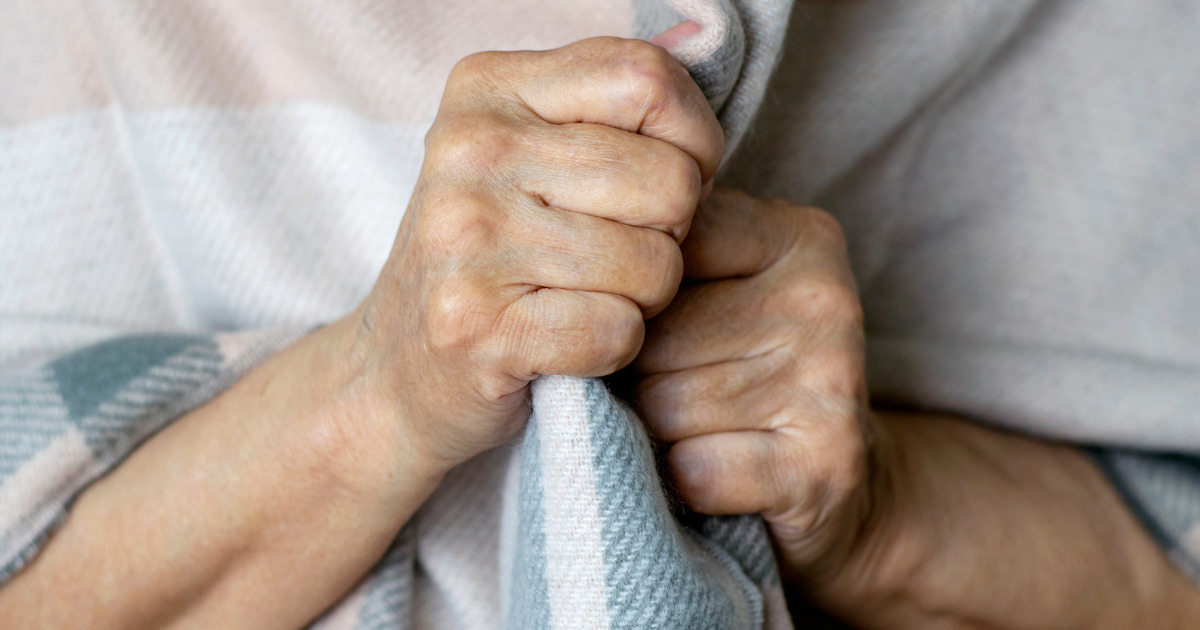That winter poses particular danger for seniors is something we all know. Broken bones from falls on ice or breathing problems caused by cold air are common. But when it becomes frigid outdoors, as it has been across much of the country this winter, vulnerable older adults, even those who stay indoors, are at risk. When a person’s core temperature drops below the temperature needed for normal metabolism and body functions and the body is unable to replenish the heat that is lost, hypothermia can set in and it can be deadly if not treated quickly.
When a young, healthy individual becomes cold they will begin to shiver. Shivering is a reflex that causes muscle groups around vital organs to contract and expand in quick bursts. Jaw muscles begin to shiver making teeth chatter. All this action generates heat which helps to raise body temperature. In a healthy person, these physical signs are enough to cause them to take action and seek warmth.
However, as people get older, their bodies become less efficient at regulating heat. People who cannot generate enough heat to maintain normal core body temperature through shivering are at greatest risk for developing hypothermia. Patients who are confined to bed or to a wheelchair are particularly vulnerable. According to the Center for Disease Control (CDC), “Older persons with preexisting medical conditions such as congestive heart failure, diabetes, or gait disturbance are at increased risk of hypothermia because their bodies have a reduced ability to generate heat and because they are less likely to recognize symptoms of hypothermia and seek shelter from the cold.”
If the body temperature dips below 95° and hypothermia sets in the person becomes confused, speech is slow and slurred, the pulse weakens, and movements become clumsy. Most elderly will not shiver even when cold because their blood vessels no longer contract as well, and muscle tone and body fat have been lost. The risk of developing hypothermia also increases among senior citizens that have under active thyroids, suffer from diabetes or heart disease, or take certain prescribed medications.
Signs of Hypothermia
How do you know if someone has hypothermia? Look for the “umbles”—stumbles, mumbles, fumbles, and grumbles. Check for:
- Confusion or sleepiness
- Slowed, slurred speech
- Weak pulse
- Cold feet and hands
- Puffy or swollen face
- A lot of shivering or no shivering
- Stiffness in the arms or legs
- Poor control over body movements including problems walking
If the hypothermia is not treated, the person may soon experience:
- Slow heartbeat
- Slow, shallow breathing
- Loss of consciousness
If you suspect hypothermia, take the person’s temperature. If it is below 95° call 911 immediately, then begin warming the person:
- Wrap the person in a warm blanket.
- Warm the head, neck and center of the body first
- Do not rub the person’s legs or arms or put them in warm water
- Give warm, non-alcoholic drinks






